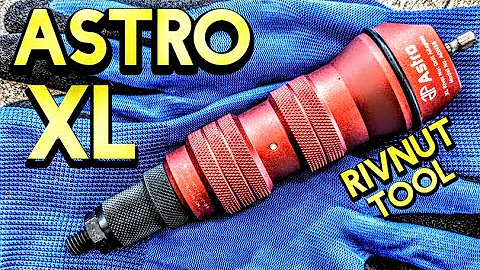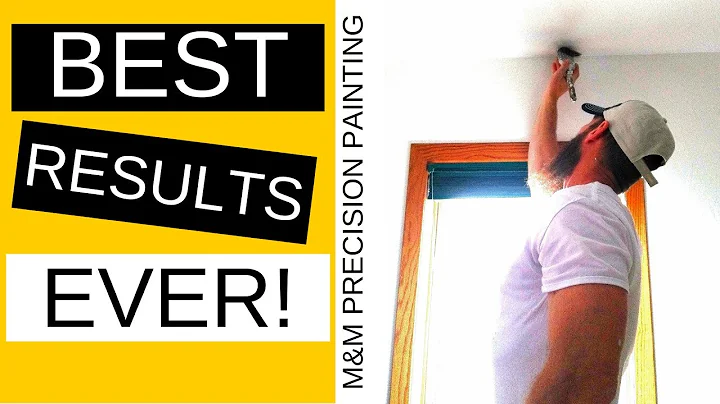Fix Your Broken Hearing Aid in 3 Easy Steps
Table of Contents
- Introduction
- Step 1: Covering the Microphone and Receiver
- Step 2: Preparing the Surface for the New Acrylic
- Step 3: Applying Primer and Face Plate Glue
- Step 4: Patching the Hole with Acrylic
- Step 5: Curing the Acrylic with UV Light
- Step 6: Sanding Down the Patched Area
- Step 7: Smoothing Out the Surface
- Step 8: Final Sanding and Polishing
- Conclusion
How to Repair a Broken Hearing Aid Shell at Home
Are You a hearing aid user who has experienced a broken shell? Don't worry, you can repair it at home with just a few tools and materials. This DIY guide will walk you through the step-by-step process of repairing your broken hearing aid shell, ensuring that it looks and functions like new again. So, let's get started!
Step 1: Covering the Microphone and Receiver
The first step in repairing a broken hearing aid shell is to cover the microphone and receiver to protect them from any damage. If you have access to special stickers designed for this purpose, you can use them. Otherwise, you can use a small piece of tape to cover these components securely.
Step 2: Preparing the Surface for the New Acrylic
To ensure that the new acrylic adheres properly, you need to prepare the surface by sanding it down. Using a sanding tool, carefully go around the broken area, roughening the edges to provide better adhesion for the new material.
Step 3: Applying Primer and Face Plate Glue
Next, Apply a thin layer of primer to the sanded area. This will help the new acrylic material stick to the surface. Then, use a face plate glue to attach the acrylic pieces that came off. Treat it like a Puzzle, starting with the bigger pieces and fitting them together. Apply the glue around the edges and use UV light to cure it.
Step 4: Patching the Hole with Acrylic
Inspect the repaired shell and identify any remaining holes or cracks. Use a smaller sanding tool to Create enough roughness in those areas for the acrylic material to adhere to. Apply the beige repair material and fill in the holes, smoothing it as you go. Cure it with UV light.
Step 5: Curing the Acrylic with UV Light
After each addition of acrylic material, make sure to cure it with UV light. This will ensure that the material hardens and becomes stable, preventing any further damage or movement. Keep the shell under the UV light until it is fully cured.
Step 6: Sanding Down the Patched Area
Once the patched areas have fully cured, you may Notice some bumps or roughness on the surface. Use a grinding tool to carefully sand down those areas, making sure to work towards you to avoid any damage. The goal is to create a smoother and more even surface.
Step 7: Smoothing Out the Surface
To further enhance the smoothness of the repaired shell, use progressively finer sandpaper grades. Start with a 150-grit sandpaper and gradually work your way up to 440-grit. This will help you achieve a polished and professional finish.
Step 8: Final Sanding and Polishing
After sanding, use a buffing wheel or a polishing tool to further smooth out the surface. Be cautious and make sure to go towards you while using the tool. This will help remove any sharp edges and give the repaired shell a sleek and comfortable feel.
Conclusion
Congratulations! You have successfully repaired your broken hearing aid shell. By following these simple steps, you can save time and money by repairing it at home. Remember to take necessary precautions, such as covering the microphone and receiver, and use protective gear while sanding and polishing. Enjoy your restored hearing aid and the improved functionality it provides.
Highlights
- Repairing a broken hearing aid shell at home is a cost-effective solution.
- Cover the microphone and receiver before starting the repair process.
- Prepare the surface by sanding it to ensure better adhesion.
- Apply primer and face plate glue for attaching the acrylic pieces.
- Cure the repaired shell with UV light to stabilize the materials.
- Patch any remaining holes or cracks with acrylic and cure again.
- Use a grinding tool to sand down any protruding bumps.
- Achieve a smooth finish by gradually using finer sandpaper grades.
- Polish the repaired shell to remove any sharp edges.
- Take necessary precautions and use protective gear throughout the process.
FAQ
Q: Can I repair a broken hearing aid shell myself?
A: Yes, you can repair a broken hearing aid shell at home with the right tools and materials. This guide provides step-by-step instructions to help you through the process.
Q: What tools do I need to repair a broken hearing aid shell?
A: You will need sanding tools, primer, face plate glue, acrylic material, UV light, grinding tools, sandpaper of various grades, and polishing tools.
Q: Is repairing a hearing aid shell difficult?
A: With the proper instructions and tools, repairing a hearing aid shell can be straightforward. It may require some patience and attention to detail, but it is a feasible DIY project.
Q: Can I use this guide for any Type of hearing aid shell?
A: The general steps outlined in this guide can be applied to most types of hearing aid shells. However, it is essential to consider any specific manufacturer guidelines or recommendations for your specific device.
Q: What should I do if I am unsure about repairing my hearing aid shell myself?
A: If you are uncertain or uncomfortable with the repair process, it is always best to consult a professional hearing aid repair service. They have the expertise and experience to handle the repair efficiently and effectively.
 WHY YOU SHOULD CHOOSE TOOLIFY
WHY YOU SHOULD CHOOSE TOOLIFY
































